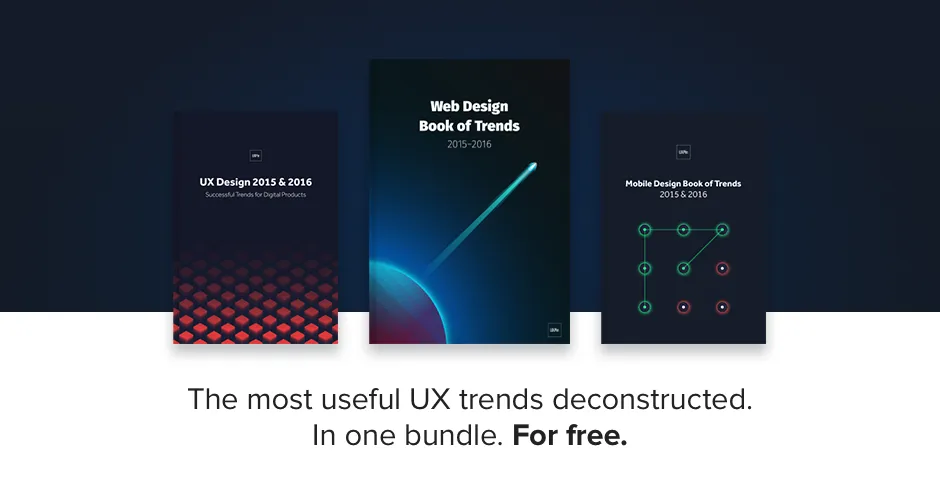As designers, our job is to build elegant interfaces.
Interfaces that are key components in the user’s experience. Interfaces that allow them to get answers to questions or complete critical tasks. Our job is to help them achieve their goal.
But don’t mistake these interactions as the entirety of the users experience. Great user experiences happen beyond the screen and in the gaps. Gaps between channels, devices and business silos. They happen when organizations pay attention to the nuances of their interaction with customers.
Because user experience design touches so many areas it is often hard to describe. So instead let me give you some examples of interactions that help create a better user experience.
Removing the hassle of telephone support
The Barclays Mobile App is a great example of good user experience design. The app itself has an excellent user interface. But that is not the extent of its user experience.
If you need to call Barclays you can do so via the app. This allows you to skip the authentication over the phone because you did that when you logged into the app.
This is a great example of outstanding user experience design. I am sure getting the telephone system and mobile application to talk to one another was not easy. Yet no doubt it saves hundreds of users hassle everyday.
Making returns painless
If you have ever had to return a product you have purchased online you know it is not always easy. You have to print a return label, go to the post office and wait days for the funds to appear in your account. On top of which there is always the nagging concern that they won’t refund your money.
In contrast I recently had a different experience returning a purchase. On letting the company know I wanted to return an item, they told me the money would be immediately returned to my account. No waiting for them to receive the return and check it over.
Next they asked me when I would like the package collected. I didn’t have to pack it, label it or even take it to the post office. Somebody turned up at my door with a box ready to go. I dropped the item in the box and he took it away.
That is an outstanding user experience.
Helping customers feel safe
As a UX consultant, I once worked with a client who sold frozen ready meals to the elderly. It is a group nervous of purchasing online. They do not like the idea of a stranger turning up on their door.
To deal with this problem, when somebody places an order they see who their driver will be. That way they will recognise the person when they come to the door.
But they don’t stop there. They also police check all drivers so the customer can be sure that it is safe.
This was a lot of effort and expense to go to, but it caused a significant increase in sales. It was something that their competitors (like Tescos) did not offer.
Saving the user time
Talking of deliveries, have you ever had anything delivered by the courier company DPD?
I hate having things delivered. Often you have no idea when your package is going to arrive and when you do it is either morning or afternoon.
That means you have to be available and on the look out for the delivery man. Nothing is worse than finding that card on your door mat because you made the mistake of going into the garden at the wrong moment.
DPD deals with this. On the day of the delivery they text and email you a one hour slot when your order will arrive. But even better they also allow you to track your delivery in real time. That means you can see where the driver is and judge whether you have 10 minutes to pop to the shops.
Because of that user experience I get excited when I discover my package is going to arrive via DPD.
Reassuring over privacy
Another client I once worked with was LoveHoney, the biggest retailer of adult toys in the UK. Yes, I have a bizarrely wide ranging client list.
People are sensitive about their purchases from LoveHoney. They don’t want others knowing they have bought from there. That is why LoveHoney makes sure all packaging gives no sign of its content. The credit card statement for your product also doesn’t draw attention to where the purchase was made.
Providing inspiration
Finally I want to mention Etsy. Etsy realise there is more to social media than just being a marketing channel.
They know many of their customers are looking for a gift but don’t know what to buy. That is why they built an app that connects to the users Facebook account.
By analyzing the interests of the users friends, it makes suggestions about what they should buy. They used digital to take the pain out of the buying experience.
Isn’t this customer service?
You might be thinking this sounds more like customer service design than user experience design. You might be right.
The truth is we have so segmented our job descriptions that they often overlap. I believe user experience design sits at the cross roads of several disciplines. Disciplines including both user interface design and customer service.
Whatever you choose to call it, there is an important lesson to learn. The experience of users isn’t limited to a single channel, device or part of your business.
Originally published on Boagworld.
Editor’s note: For more UX advice and insights, check out the free Definitive 2016 UX Design Trends Bundle. 350 pages of best practices and 200+ examples are included.



